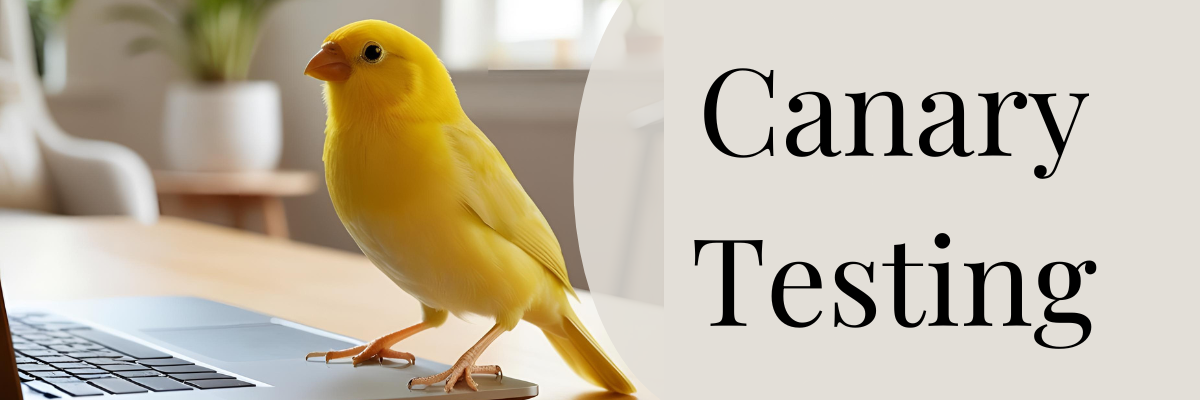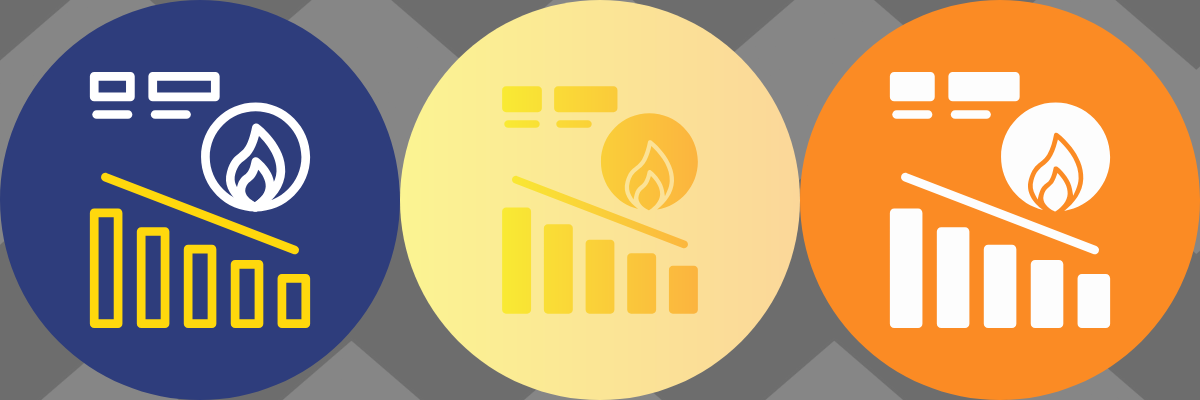
Project Managers (PMs) often need quick, precise, and effective communication, problem-solving, and planning tools. Leveraging Large Language Models (LLMs) like ChatGPT, Gemini, and others can enhance productivity, improve decision-making, and streamline workflows. This document provides a comprehensive prompt library for PMs, covering essential areas such as project planning, risk management, stakeholder communication, and more.
Before jumping into the Prompt Library, let’s review a few tips.
Tips for Using the Prompt Library:
- Be Specific: Include as much context as possible (e.g., project type, industry, team size).
- Iterate: Refine prompts based on the AI’s responses to get more accurate results.
- Combine Prompts: Use multiple prompts together for comprehensive outputs (e.g., create a project charter and then a risk register).
- Customize: Tailor the AI’s output to fit your organization’s tone, style, and processes.
1. Project Planning and Initiation
- Define Project Scope:
“Help me create a detailed project scope statement for [Project Name], including objectives, deliverables, constraints, and assumptions.” - Stakeholder Analysis:
“Generate a stakeholder analysis template for [Project Name], including roles, influence, and communication needs.” - Project Charter:
“Draft a project charter for [Project Name], including purpose, objectives, key stakeholders, and high-level timeline.” - Risk Identification:
“List potential risks for a [type of project] and suggest mitigation strategies.” - Work Breakdown Structure (WBS):
“Help me create a Work Breakdown Structure (WBS) for [Project Name] with key deliverables and sub-tasks.”
2. Task and Resource Management
- Task Prioritization:
“Suggest a prioritization framework for these tasks: [list tasks]. Use the MoSCoW or Eisenhower Matrix method.” - Resource Allocation:
“Help me allocate resources for [Project Name] based on the following team members and their skills: [list team members and skills].” - Team Collaboration:
“Generate a checklist for improving team collaboration on [Project Name].” - Time Estimation:
“Estimate the time required for [specific task or phase] based on similar projects in [industry].” - Dependency Mapping:
“Identify task dependencies for [Project Name] and suggest a critical path.”
3. Communication and Reporting
- Status Update Emails:
“Draft a professional project status update email for [Project Name] to share with stakeholders, including progress, risks, and next steps.” - Meeting Agendas:
“Create a meeting agenda for a [type of meeting, e.g., sprint planning, stakeholder review] for [Project Name].” - Presentation Slides:
“Help me outline a presentation for [Project Name] to present to executives, focusing on ROI, risks, and milestones.” - Stakeholder Communication Plan:
“Develop a stakeholder communication plan for [Project Name], including frequency, channels, and key messages.” - Conflict Resolution Script:
“Provide a script for resolving a conflict between [Team Member A] and [Team Member B] over [issue].”
4. Risk and Issue Management
- Risk Register:
“Create a risk register template for [Project Name], including risk description, impact, likelihood, and mitigation strategies.” - Issue Tracking:
“Suggest a process for tracking and resolving issues in [Project Name].” - Contingency Planning:
“Help me develop a contingency plan for [specific risk, e.g., resource shortage, budget overrun].” - Root Cause Analysis:
“Conduct a root cause analysis for [specific issue] in [Project Name] using the 5 Whys or Fishbone Diagram method.”
5. Budget and Cost Management
- Budget Planning:
“Help me create a budget plan for [Project Name], including estimated costs for resources, tools, and contingencies.” - Cost-Benefit Analysis:
“Perform a cost-benefit analysis for [specific decision, e.g., adopting a new tool, hiring a contractor].” - Expense Tracking:
“Suggest a template for tracking project expenses and comparing them against the budget.” - ROI Calculation:
“Calculate the ROI for [Project Name] based on the following costs and expected benefits: [list costs and benefits].”
6. Agile and Scrum Management
- Sprint Planning:
“Help me plan the next sprint for [Project Name], including backlog prioritization and capacity planning.” - User Stories:
“Write user stories for [feature or functionality] in [Project Name], following the ‘As a [user], I want [goal] so that [reason]’ format.” - Retrospective Ideas:
“Suggest topics for a sprint retrospective for [Project Name], focusing on what went well, what didn’t, and improvements.” - Scrum Ceremonies:
“Provide a checklist for running effective daily stand-ups for [Project Name].”
7. Change Management
- Change Request Process:
“Draft a change request process for [Project Name], including evaluation, approval, and implementation steps.” - Impact Assessment:
“Assess the impact of [specific change] on [Project Name] in terms of timeline, budget, and resources.” - Change Communication:
“Write a communication plan to inform stakeholders about [specific change] in [Project Name].”
8. Project Closure and Evaluation
- Lessons Learned:
“Help me conduct a lessons-learned session for [Project Name], including what worked, what didn’t, and recommendations for future projects.” - Project Closure Report:
“Create a project closure report template for [Project Name], including deliverables, budget summary, and team performance.” - Post-Mortem Analysis:
“Conduct a post-mortem analysis for [Project Name], focusing on key successes, failures, and areas for improvement.” - Team Recognition:
“Suggest ways to recognize and reward the team for their efforts on [Project Name].”
9. Tools and Templates
- Gantt Chart Creation:
“Help me outline a Gantt chart for [Project Name], including key milestones and dependencies.” - Kanban Board Setup:
“Suggest a structure for a Kanban board for [Project Name], including columns and swimlanes.” - Project Management Software Comparison:
“Compare [Tool A] and [Tool B] for project management based on features, pricing, and ease of use.” - Template Requests:
“Provide a template for [specific need, e.g., risk register, project timeline, stakeholder map].”
10. Personal Productivity and Development
- Time Management Tips:
“Suggest time management techniques for balancing multiple projects.” - Skill Development:
“Recommend resources or courses to improve [specific skill, e.g., Agile methodologies, risk management].” - Daily Planning:
“Help me create a daily task list prioritizing [specific goals or deadlines].” - Stress Management:
“Provide strategies for managing stress during high-pressure project phases.”
Conclusion
Using these prompts, PMs can streamline their workflows and enhance decision-making while leveraging the power of AI. Whether managing risks, tracking project performance, or engaging stakeholders, these structured queries can help generate high-quality, insightful responses from LLMs like ChatGPT and Gemini. Consider customizing these prompts further to fit the specific needs of your projects and organization.
Read more from our blog:
Empathetic Leadership: The Hidden Superpower of Today’s Best Project Managers
Across industries and team dynamics, one leadership trait is quietly transforming teams, elevating p…
Leadership Lessons from Unexpected Places: What Project Managers Can Learn from Pilots, Chefs, and Athletes
Sure, project management loves its frameworks and certifications—but let’s be honest, no one ever go…
Oops! How to Recover From That Accidental Screen Share Slip-Up in a Work Meeting (Without Moving to a Remote Island)
We’ve all been there. One second you’re presenting quarterly numbers, and the next, your…
Writing a Project Status Report That Actually Gets Read (With Examples)
Let’s be honest: most project status reports collect dust in inboxes. They’re either too long,…
The MoSCoW Method: A Complete Guide to Prioritization in Project Management
Introduction Effective prioritization is key to delivering value on time and within budget. One of t…
Canary Testing: The Smart Way to Deploy Software with Minimal Risk
For many organizations, rolling out updates and new features comes with inherent risks. Even with ri…
The Rise of Adaptive Leadership: Thriving in Uncertain Times
Traditional leadership models often fail due to an ever-changing business landscape. The increasing …
The Rise of the Citizen Project Manager: How It Happens and How to Succeed
Introduction Project management is no longer confined to those with formal titles, certifications, a…
Marketing Project Management: What Makes It Unique?
Marketing project management is a dynamic and multifaceted discipline that blends creativity with st…
Understanding Burndown Charts in Project Management
Burndown charts are a staple in agile project management, providing a clear visual representation of…
Overcoming Parkinson’s Law
Time is more than just a resource—it’s a competitive advantage, yet, despite best efforts, inefficie…
Salesforce’s Agentforce Super Bowl Ad: How AI Saved Woody Harrelson from a Travel Meltdown (and Left McConaughey Soaked)
So What is Agentforce? Before we dive into the hilarious catastrophe that unfolded in Salesforce’s S…











